In simpler terms, the OBD-II code P0315 means the engine’s control module has not been able to detect or recognize the position of the crankshaft. Recognizing the crankshaft’s position is vital, as it plays a pivotal role in orchestrating precise engine timing and ensuring synchronized operation of related components.
More about the code
If the ECM cannot “learn” or understand the specific variations of the crankshaft’s position, it can disrupt the harmony and timing of the engine’s functions. This misalignment or lack of knowledge about the crankshaft’s exact position can compromise engine efficiency, possibly leading to erratic performance, misfires, or other related issues. Proper calibration and synchronization are essential to keep the engine running smoothly and efficiently.
What Are the Common Causes of Code P0315?
Common causes that might lead to the setting of P0315 include:
- Faulty Crankshaft Position Sensor (CKP). If the CKP is malfunctioning or sending inconsistent signals, the engine control module (ECM) might struggle to “learn” or recognize the crankshaft’s position accurately.
- Crankshaft Position Sensor Circuit Issues. Wiring problems, like shorts, opens, or corrosion in the circuit that connects the CKP sensor to the ECM, can interfere with signal transmission.
- Faulty Engine Control Module (ECM). Although rarer, a malfunctioning ECM can fail to process or store the crankshaft position variation data correctly.
- Recent Major Engine Work. If significant engine repairs or replacements, like changing the crankshaft, camshaft, or timing components, have been carried out without the necessary relearn procedure, it can trigger this code.
- Damaged Reluctor Ring or Teeth. The reluctor ring, which interacts with the CKP sensor to produce a signal, might be damaged or misaligned, disrupting the sensor’s ability to read the crankshaft’s position.
- Timing Chain/Belt Issues. If the engine’s timing components are worn, stretched, or misaligned, it can affect the synchronization between the crankshaft and camshaft, making it challenging for the ECM to understand the crankshaft’s position.
Related DTCs to P0315
P0335, P0336, P0337, P0338, P0339, P0385, P0386, P0387, P0388, P0389.
FAQs
How much does it cost to fix the code P0315?
Costs varies based on several factors including the specific cause, labor rates in your area, and the make and model of the vehicle. On average, for the more common issues (like a faulty sensor or wiring repairs), you might expect to pay between $100 and $300. However, for more extensive problems or if multiple issues need addressing, the cost can climb significantly. Here’s a rough breakdown of potential costs:
- Crankshaft Position Sensor Replacement. This is one of the more common causes. The sensor itself can range from $40 to $150, depending on the vehicle and the quality of the part. Labor can vary, but on average, it might be between $50 and $150.
- Wiring Repairs. If the issue is related to damaged wiring or connections in the CKP circuit, the cost can be relatively minimal if it’s a straightforward fix. It might range from $50 to $200 for labor, plus any necessary materials.
- Engine Control Module (ECM) Replacement. This is a less common cause, but it’s a pricier fix. A new ECM can cost anywhere from $200 to $1,500 or more, depending on the vehicle. Labor for replacing and reprogramming the ECM can add $100 to $300.
- Other Repairs. If the reluctor ring, timing chain, or belt is the issue, then the costs can be more significant. Such repairs can range from a couple of hundred dollars to over a thousand, depending on the intricacy of the job and parts required.
- Diagnostic Fee. Many repair shops will charge a fee (often between $50 to $100) to diagnose the exact cause of the problem, though this might be waived or integrated into the overall repair cost.
Can I continue driving with the P0315 code?
While it might be okay to drive the vehicle for a short distance after noticing the P0315 code, such as to get home or to a nearby repair shop, it’s generally not advisable to continue driving the vehicle for extended periods without addressing the issue. It’s best to diagnose and resolve the root cause of the P0315 code as soon as possible to ensure the vehicle operates safely and efficiently.
What sensors can cause P0315?
While the code itself is about the “learning” process of the crankshaft’s position, there are certain sensors that can influence this error:
- Crankshaft Position Sensor (CKP). This is the primary sensor that detects the crankshaft’s position. If it’s faulty, the engine control module (ECM) might struggle to learn or accurately interpret the crankshaft’s position.
- Camshaft Position Sensor (CMP). While not directly related to the crankshaft, the camshaft position sensor works in tandem with the CKP sensor to ensure precise engine timing. A malfunctioning CMP can impact the relationship and synchronization between the camshaft and crankshaft.
Can P0315 code cause misfire?
A P0315 code can potentially cause misfires because it pertains to an issue that directly impacts engine timing. The code indicates a problem with the engine’s ability to “learn” or understand the crankshaft’s precise position. If the engine control module can’t get an accurate reading of the crankshaft’s position, it might disrupt the timing of the engine’s firing sequence. When the engine timing is off, it can lead to misfires.
We do an efforts to find, research and recommend the best products. So, we may receive commissions from purchases that you make after following the links in our product reviews.


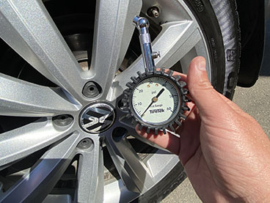
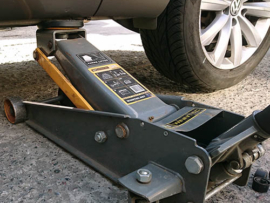
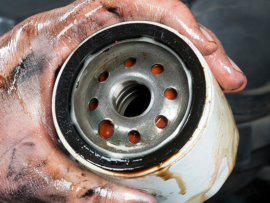
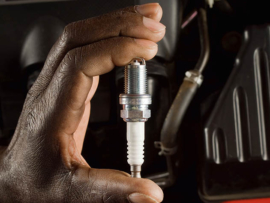
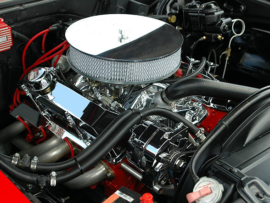

Leave A Comment